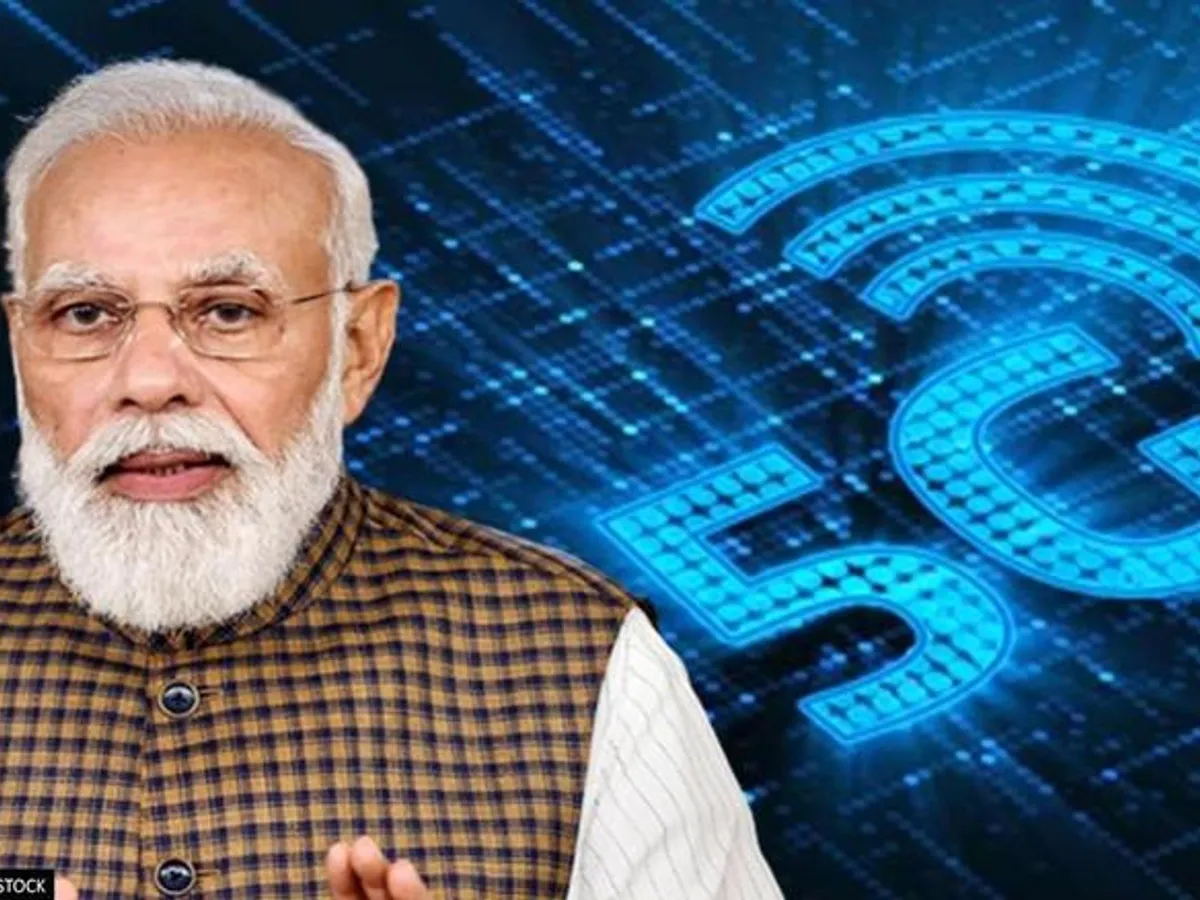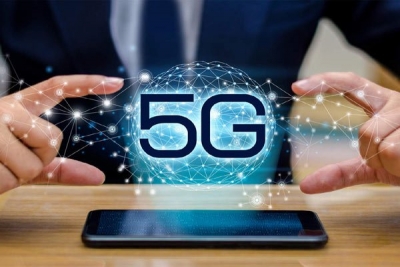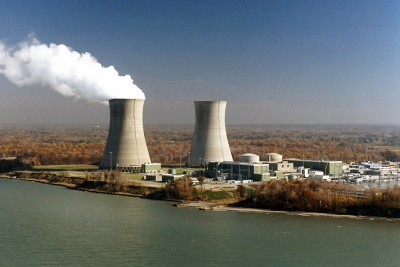
TECHNOLOGY: Though the year 2022 saw the routine rounds of gadget launches-from upgraded cellphones to smart watches, the big surprise came in the form of some tech-related news that made it to the front pages. Remember Elon Musk turning chief twit, mass global lay-offs by companies, an Al tool that mimics the human brain, and the crypto collapse?
1. 5G, finally!
Prime Minister Narendra Modi officially announced the launch of the first phase of 5G services in 13 cities across the country, at the India Mobile Congress event in New Delhi, in October 2022. 5G is the fifth-generation technology standard for broadband cellular networks. "5G technology will provide seamless coverage, high data rate, low latency and highly reliable communications. It will increase energy efficiency, spectrum efficiency and network efficiency," he tweeted. The cumulative economic impact of 5G on the country is expected to touch $450 billion by 2035. The 5G coverage will progressively cover the entire country over the next couple of years.
2. Fried!
Sam Bankman-Fried's crypto empire collapsed in November 2022. The reason – a run-on deposit that left his crypto exchange FTX with a shortfall of $8 billion. This forced FTX to file for bankruptcy, and the company struggled to raise money to stall its collapse as traders rushed to withdraw $6 billion in less than 72 hours! Fried was arrested in the Bahamas after being criminally charged by the U.S. prosecutors. The shocking end to the successful FTX story had a rippling effect across the already shaken crypto industry, destabilising other companies and spreading distrust among the public about the technology.
3. Did it sink in?
Elon Musk dominated the headlines by first announcing his bid to buy Twitter and then backing out. Eventually, the Tesla and Spacex chief was forced to honour the agreement, and he took over the microblogging platform in October 2022 for $44 billion. Top executives left the company or were fired. Twitter also made mass global lay-offs. But confusion prevailed on the site. He courted controversy by reinstating Donald Trump's account, introducing paid blue ticks, and banning some journalists from the site. After conducting a poll on whether he must step down as Twitter CEO, in true Musk style, he said he'll do so when he finds "someone foolish enough to take the job".
4. ChatGPT
It answers the most complicated questions, writes sonnets, creates computer codes, and even comes up with interesting menus! Welcome to the world of Generative Pre-trained Transformer, ChatGPT for short. Launched by the American firm OpenAl in November 2022, the Al tool is today used by millions to generate a variety of content- all in a few seconds or minutes! ChatGPT isn't without flaws. Biases in certain communications have already been reported. It robs us of the creative process – particularly in communication. Can it replace human ingenuity? The verdict isn't out yet, but enthusiastic folks are already having a lot of fun with this chatbot that's said to mimic the human brain.
Picture Credit : Google





